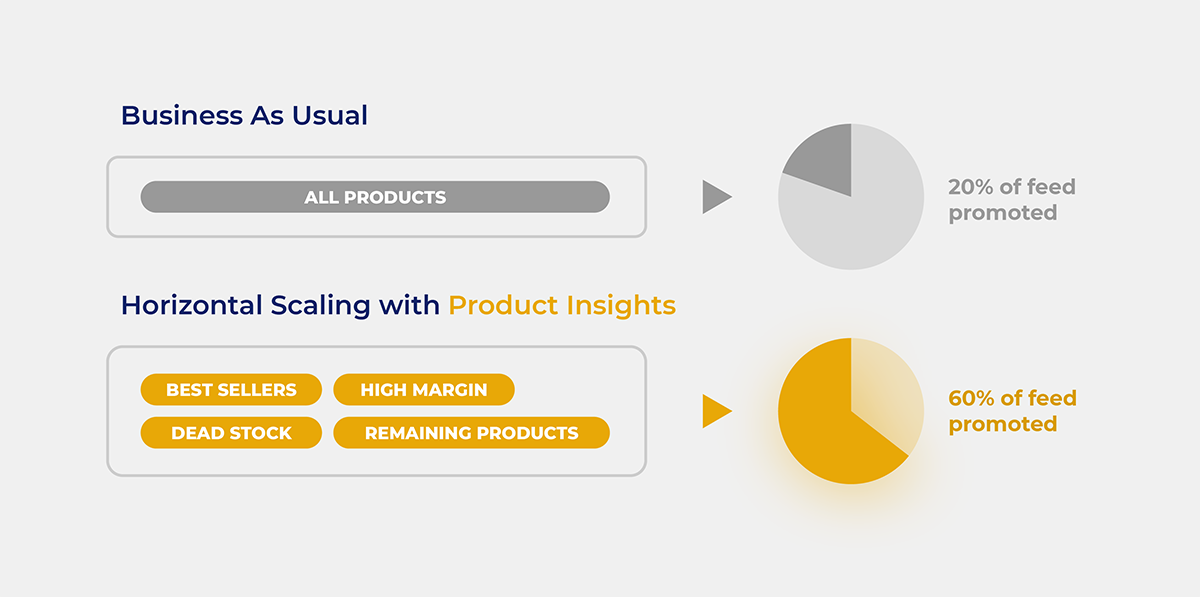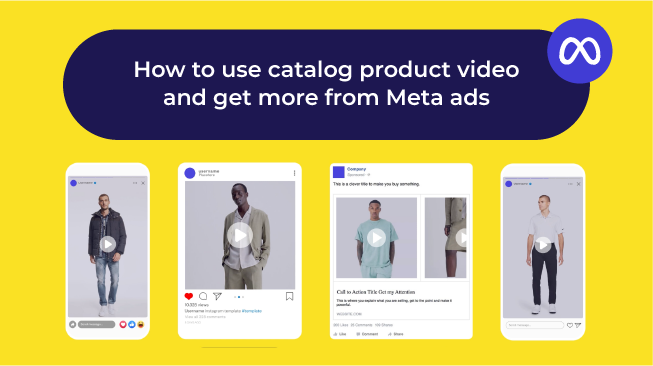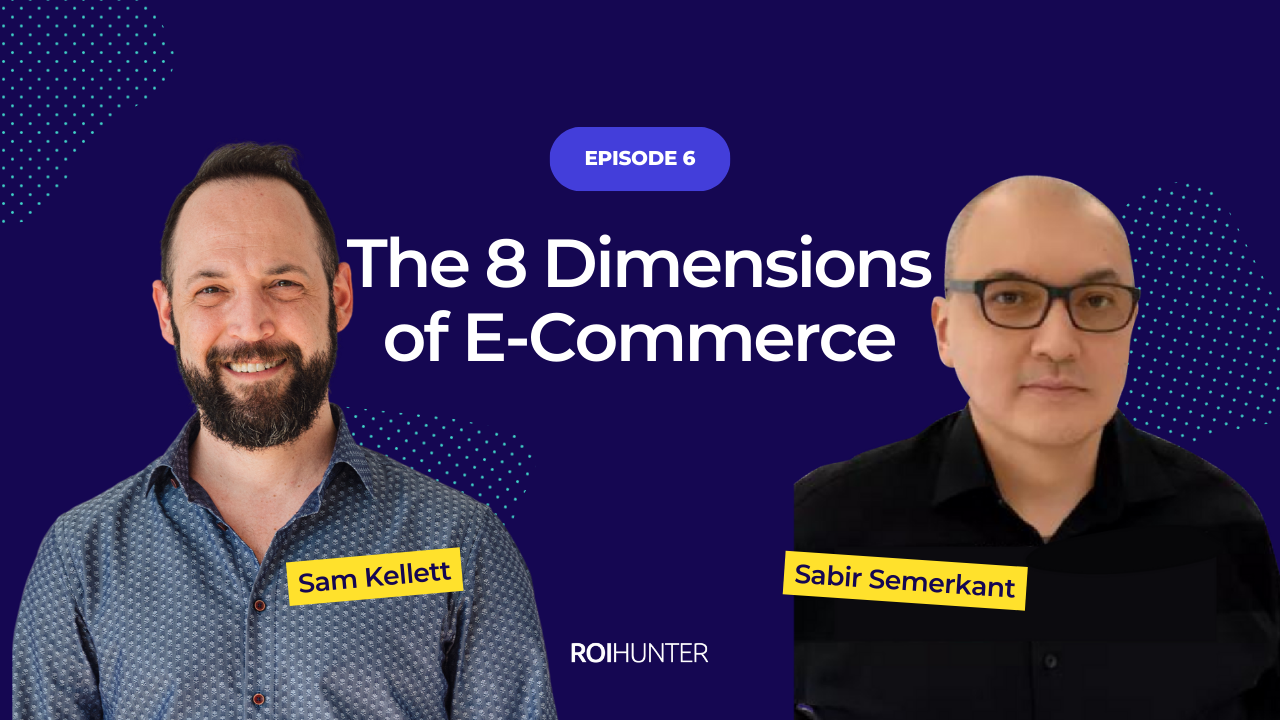What's the situation?
As part of the austerity measures adopted in the wake of COVID-19, the Kingdom of Saudi Arabia announced that, as of July 1, 2020, the country’s Value Added Tax (VAT) would rise from 5% to 15%. Deferment of payment of the VAT was extended to businesses for three months, and as of August 28, payments are still postponed until the 30th of September, 2020.
The KSA put forward similar measures back in 2016 to fight falling oil prices, removing subsidies from goods like fuel, and from services like water and electric. In 2018, the original 5% VAT tax was created. The tax was introduced alongside a new living allowance for public sector employees, in an effort to soften the blow.
Saudia Arabia wasn’t alone in introducing the original 5% VAT; other Gulf nations like the UAE and (in 2019) Bahrain. However, Saudi Arabia is the only country so far that moved to raise the VAT to 15%. On top of that, even as the VAT triples, that 2018 living allowance has also been dropped.
Unexpected Repercussions
It’s not just a higher VAT. As researchers at Deloitte pointed out:
“In addition to the increased VAT rate, businesses in KSA should expect an increased level of scrutiny from the General Authority of Zakat and Tax (GAZT), as VAT becomes a more important source of revenue.“
For many in e-commerce and retail, the increase of the VAT tax (on top of the existing profitability issues created by COVID-19), has increased concerns over staying profitable.
How Can I Increase Profits to Make Up For This?
Horizontal Scaling
One of the greatest successes we’ve had with our clients is through using product sets to scale dynamic ads. Dynamic ads have quickly swelled in popularity, but there’s something about them that many don’t realize: if you’re running one dynamic campaign for your whole catalog, your most profitable items might not even be getting promoted. We ran an analysis on the dynamic ads of several of our clients, and found that Facebook’s algorithm focuses as much as 50% of total impressions on as little as 1% of the catalog!
Fortunately, there’s an easy way to help the algorithms along and enhance their results: horizontal scaling. Scale your dynamic campaigns horizontally by creating numerous product sets with specific goals to optimise toward.

For example:
- Create a set of all your highest-margin products to optimise for profitability.
- Create a set of your top-selling items to optimise for revenue
- Create a set of items that are likely to become deadstock, and optimise for greater deadstock transactions
Product Insights
There’s still an unspoken issue: Facebook and Google don’t have easy access to your product data. Retailers keep their data in all sorts of different formats and silos; oftentimes the data is so siloed that a retailer has trouble keeping their own departments informed, let alone a 3rd party like Facebook or Google.
Without integrating that product-level data, you can’t automatically filter to find things like your highest margin product, your top sellers, or your likely deadstock. Your product sets would need to be built (and kept up-to-date) manually, which is a massive headache and waste of time.
However, there’s still a way to automatically connect your product data with your Facebook and Google campaigns. Our Product Insights feature was built to take product-level data (margins, stock level, chance of return, etc) from your company, and integrate it with your Facebook and Google campaigns. All the data from your catalog, combined with data from Facebook, Google, and other customer channels, it all goes into one location. This makes it simple to compare product performance across channels, find the right product for each channel, find a product overlooked on its current channel, and more.
Product Insights can also be used to easily sort through and filter your combined data to create those separate product sets.
How Can I Reduce Costs to Make Up For This?
Using your product data, Product Insights presents a number of opportunities for cutting costs. Here are a few of our favorite ways to make up the extra 10%.
Exclude Low-Margin Items
As an example, let’s say your average margin is 15%. Product Insights lets you know that over ⅓ of your spend is on products that have less than 5% margin.You can automatically exclude products with a margin under 5%. You can also ensure that all your highest margin items automatically receive promotion. This one fix can cut costs by 5-15%, in addition to increasing your campaign’s margin by 20-30%.
Exclude High Returns
As an online retailer (especially if you’re in fashion) one factor you need to keep in mind is the return rate. Once you’ve added your return data to Product Insights, you can automatically exclude the items that get returned the most from promotions. This reduces the time and cost of shipping, warehousing, and operations, not to mention the savings on ad dollars.
If you have a category where return rates are over 5%, excluding those items could save you 10-20% on operations, taking a nice chunk away from the extra VAT.
Final Thoughts
We don’t know yet how long the new VAT tax will be in place. It may be reduced, it may be removed, and it could just as likely be permanent. What we do know for sure is the importance of focusing on profitability. Make sure your ad budget is spent promoting the right products. Create product sets to optimise toward specific goals. Exclude items with high returns or low margins from your campaigns.
Even if you think this new VAT is only temporary, focusing on becoming at least 10% more profitable is a smart idea in the new world of ecommerce forged by COVID-19. If you’re interested in more ways to turn your product data into higher profits, take a look through our e-book on supercharging product campaigns.



